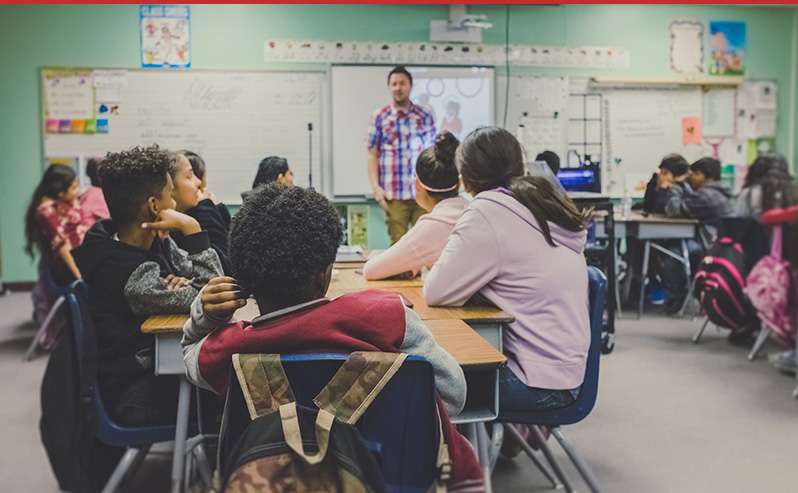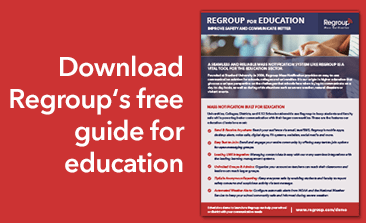
Safely Bringing Students and Faculty Back in Times of the COVID-19 Pandemic
As the threat of the COVID-19 pandemic lingers, governments and society have recognized the need to return to as normal a daily life as possible. However, this new normal won’t quite look like life in 2019 and it’s important for us to understand this. In particular, schools and universities (that are calling students and staff back) will need new routines if they wish to keep health risks at a minimum.
Schools and their faculties will be faced with new challenges and extraordinary responsibilities throughout this process. To safely bring students and staff back to school, leaders will need to be more creative and proactive in their efforts.
Some universities, like Clemson, are requiring students to provide a negative COVID test before returning to campus. Still others, like the University of Texas, are capping class and laboratory attendance. While these are good, basic steps, there is still risk involved as students socialize or live in dorms.
The Centers for Disease Control and Prevention (CDC) has published a number of scholarly articles to help school administrators and university leadership in their planning and execution during school openings. Regroup has a few tips to add to the mix as well.
Create and Share Your Materials List
Your school or university may be required, by local health ordinances, to maintain an inventory of items related to health and sanitation. Among those, personal protection equipment (PPE), disinfectants and other cleaning chemicals, disposable thermometer strips and other test preparations are likely on your short inventory list. However, signage and other directionals may be needed should a particular area need to be closed from students and staff.
For these needs, planned communications to specific teams can help keep those responsible in the loop. By targeting a select group of staff members, responsible parties can stay up-to-date on what materials need to be replenished and report back with estimated costs and turn-around times. This helps to keep schools and universities one step ahead of student needs.
Keeping Faculty and Staff Involved
Keeping a safe, healthy campus environment relies on the involvement of one and all. For faculty and staff, that means having expectations and responsibilities clearly communicated. Physical procedures and response to potential exposures can be more easily managed through a mass notification system like Regroup’s.
Administrators can quickly send policy updates and other communications to email, mobile devices, text/SMS and through push notifications. While bringing students back, it’s crucial that faculty and staff remain in contact and have these tools to mitigate student exposure to coronavirus in all campus facilities.
Additionally, Regroup’s two-way messaging and polling features can make it easier for team members to report areas of concern, non-compliance with ordinances or even ask for janitorial services when needed.
Keeping Students Safe and Informed
As the standard-bearer in mass notifications for the campus environment, Regroup understands the critical importance of keeping students safe and informed. Many universities rely on mass notification systems for alerting students to severe weather, active shooter situations and other on-campus events.
Bringing students of all levels back to on-site learning will require a heightened awareness of all students and staff. Using mass notification to send critical alerts of openings and network-wide feedback can be extremely useful for situational awareness. For campus environments, or for notifying parents of K-12 aged students, having an expansive network that you communicate effectively with will make maintaining a healthful environment easier.
Campus Life Considerations
For those students returning to dormitory life, new protocols will need to be established with regards to entering the dorm facility, social distancing, hygiene in public spaces and regular testing for the coronavirus. Some universities have installed vending machines to distribute simple self-given tests. These can be analyzed in campus clinics and results communicated — confidentially to the individual student.
It’s important to establish confidence in returning students. Signage with health procedure reminders are a good idea for common spaces and dormitories. Arranging learning sessions for students may also be helpful in containing the spread of viruses. Using mass notification for signups, session announcements and schedules makes the process simpler and more efficient for students and organizers.
Finally, it’s useful to understand that students will be making adjustments to the new normal on campus. Having faculty and specific staff members available to answer questions and explain new policies will make the transition easier for all concerned.
Use the Resources Available
There are available a number of resources to help educators and education leaders make the return to school orderly, safe and manageable. During the ongoing concerns over COVID-19, it’s good to review the information already amassed and learn from it.
Here’s a brief list of just some of the available content:
- COVID-19 Resources for Educators – WestEd
- Resources for Teachers and Staff – CDC
- Coronavirus Resources for Educators and Parents – Teachstone
- Resources and Examples: COVID-19 – Learning Policy Institute
 Your Next Steps
Your Next Steps
Regroup Mass Notification has also prepared a number of free resources to help educators better communicate with students and parents. Download our free guide, Regroup for Education now. In this quick read, you’ll learn how Regroup’s mass notification system can keep your school, faculty and staff safe and informed at all times.
Ready to see more? You can schedule a no-obligation demo of Regroup’s powerful notification system here. |